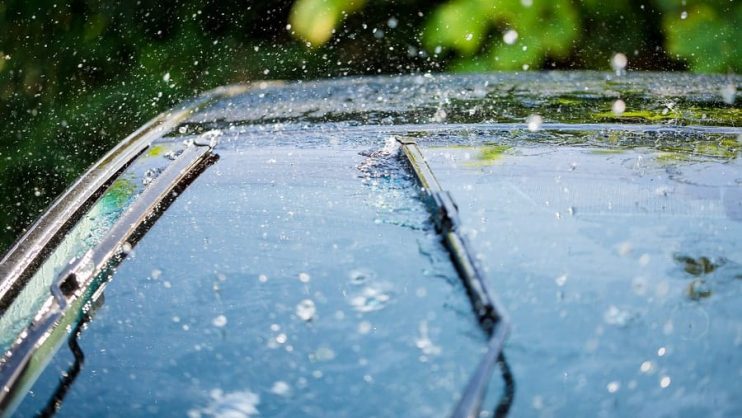
Wipers are not the most expensive part on your car, but you know what? There’s no excuse for letting them get old before their time and spending unnecessary cash. After all, think about the hours you’ll have to spend hunting around for new ones and then fitting them. Wouldn’t it be better to simply think about keeping your current wipers for longer? Well now you can with a touch of our expert advice…
Seasonal Wiper Care
Parts are more prone to breaking during extremes of hot or cold weather. Wipers are no exception. Breakages and damage caused by a lack of proper care may lead to early replacement. Be aware of the following issues:
Scorching summertime – UV light and heat can conspire to make your wipers become brittle and crack. Leave them on their own and forget to maintain them and when you need them most they’ll let you down. We’re talking smears across the windows when you’re after clear vision.
Wild winters – build-ups of ice can take big bites and chunks out of your delicate wiper blades. Make sure you give yourself the time and space to clear the windscreen properly and don’t rely solely on the antifreeze solution in the wiper bottle and the blades to do the work for you.
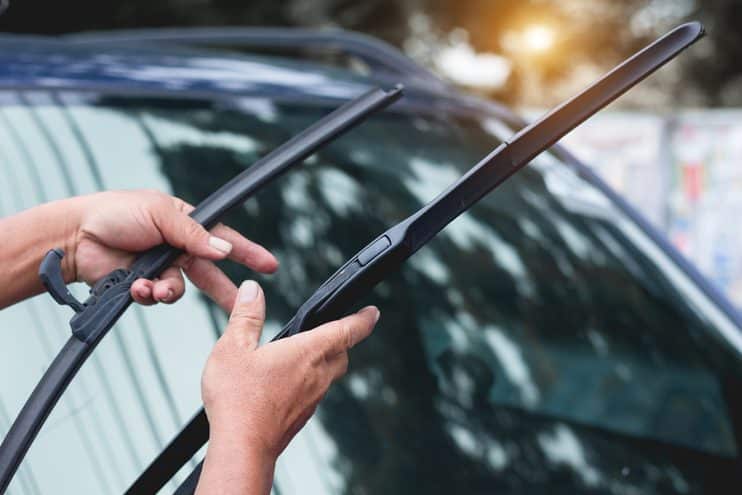
Tips to Make Your Wipers Last Longer
Use the following advice to get extra months and even years of use out of your wiper blades. Remember that even though you might think that the rubber is quite durable, once that tight, soft edge to the blade has degraded it won’t work half as well.
Lift the wiper blades when it’s snowing – if not the cold mixture of snow melting into water can get all around the wiper blades and freeze the rubber to the glass with a filmy sheet of ice. Then when you turn the system on you’ll find the rubber edge that does all the hard work simply tears away.
Leave your blades lifted when scraping off ice – as the corners of the scraper can catch the blades and damage the leading rubber edge that wipes down the windows. Even the smallest nicks can stop them working properly and cause them to leave smears on the windows.
Don’t use the blades to de-ice the windows – as the little sharp fragments of ice can take chunks out of your wiper blades rather quickly. Protect your blades to make sure you get all the frosty stuff off your glass with the minimum fuss.
Clean the blades regularly – using washer fluid to remove all the dirt and debris. Particles can cling to the blades and cause them to degrade whilst also scratching the surface of your windscreen – if you need enough reasons to make this a habit.
Park the car in the shade – remember how we mentioned that the heat and UV light can dry out the blades in the summer? Well, one way to keep them cool and prolong the lifespan is to put the car in a cooler, darker parking spot to stop the light baking out the flexibility of the rubber, drying it up and causing it to become brittle.
Don’t use in the dry – even though the glass on your windscreen appears to have a smooth, friction free surface, don’t be fooled. It’s actually covered in little bumps and grooves that will damage your wiper blades if there’s no additional lubrication. Using your blades without some water spray will emit a high pitched squeaky noise that’s indicative of the rubber wearing fast through friction.
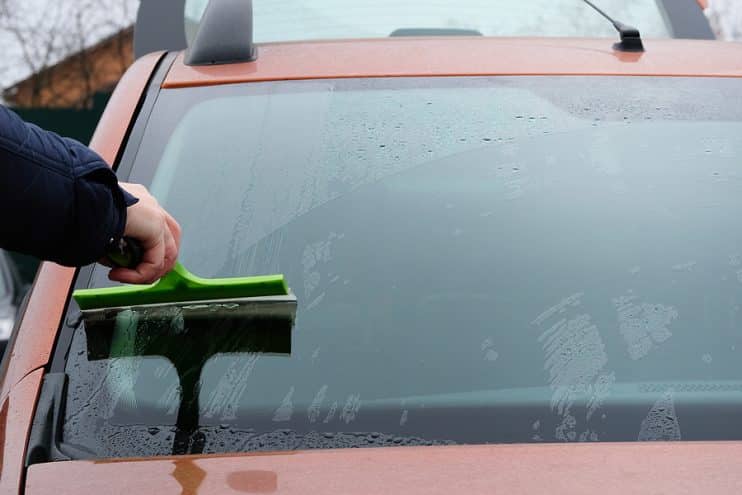
Wipe down the windscreen – in the same way that it’s beneficial to keep the blades free from dirt, you might want to consider keeping the screen free from debris too as this can also affect the blade quality and scratch your window. Whilst you’ll get away with using the blades and washer fluid to remove minute particles, bigger stuff like pine needles, leaves, and bits of paper and grit will have to go manually.
Sandpaper the blades – get that last bit of value by restoring the leading edge to the rubber blades with a sheet of sandpaper. Pass the blade 8 to 12 times through a sheet of sandpaper and then test it out on the windscreen by putting a little water on them and checking they run smoothly over the surface. Don’t have fine sandpaper? You could try a matchbox or even a nail file.
Screen the windscreen – you’ll never be able to keep your windscreen free from dirt and debris, but covering it at night or going the whole distance and putting the car in the garage at night will keep the glass relatively free of particles. Again, this means that there’s no grit that could damage either the blades or the screen surface when you put the wipers into action.
Keep the fluid levels topped up – what happens if you get a big mud spray on your windscreen during a spring or autumn day and you hit the wipers, but no fluid comes out? You can imagine the damage all that earthy mess is going to inflict on your blades – and that’s before you even have to consider the problems to your visibility. Having sufficient wiper fluid isn’t only about care for the blades. It’s a really important safety point that keeps you aware of other road users.
And Finally…
Wiper blades are really important. They might be a little part on the car, but they make a big difference when you need them most. Have a proactive attitude to wiper blade health and you can’t go wrong. The last thing you need is to wish you’d have done something about the state of your blades when you’re going through issues on bigger, faster roads.

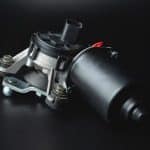
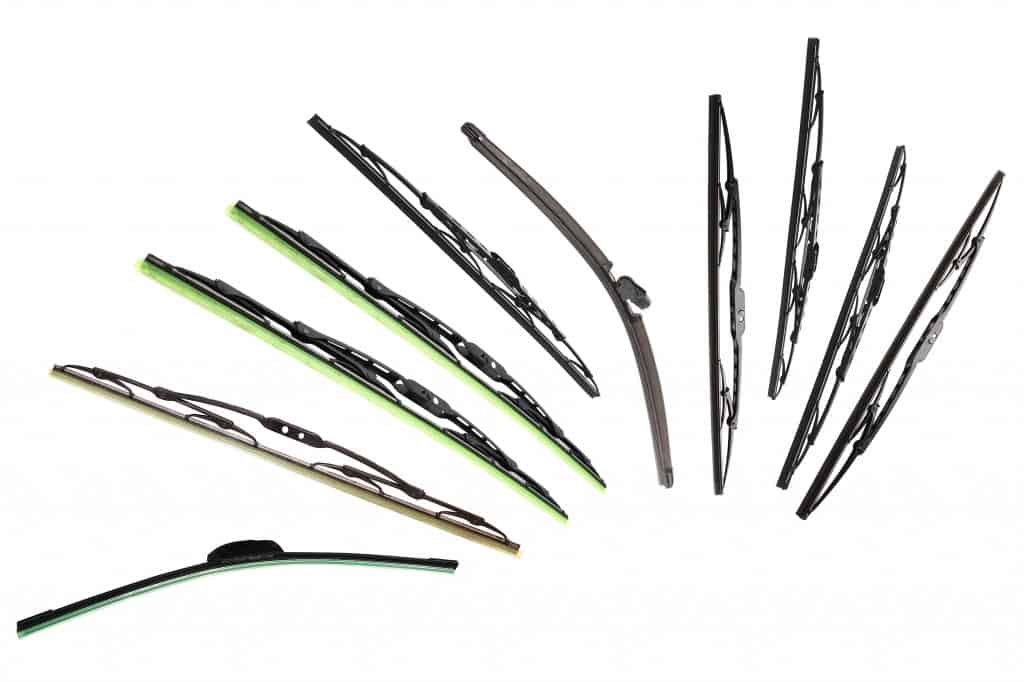

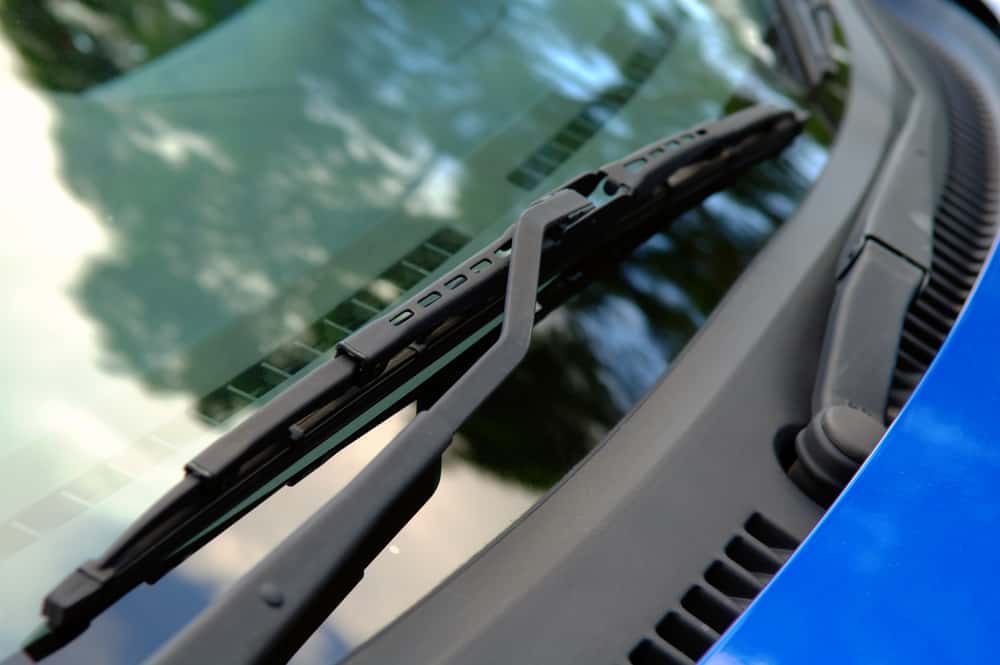
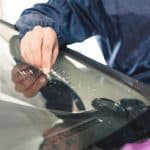
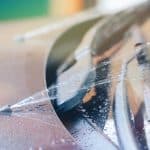

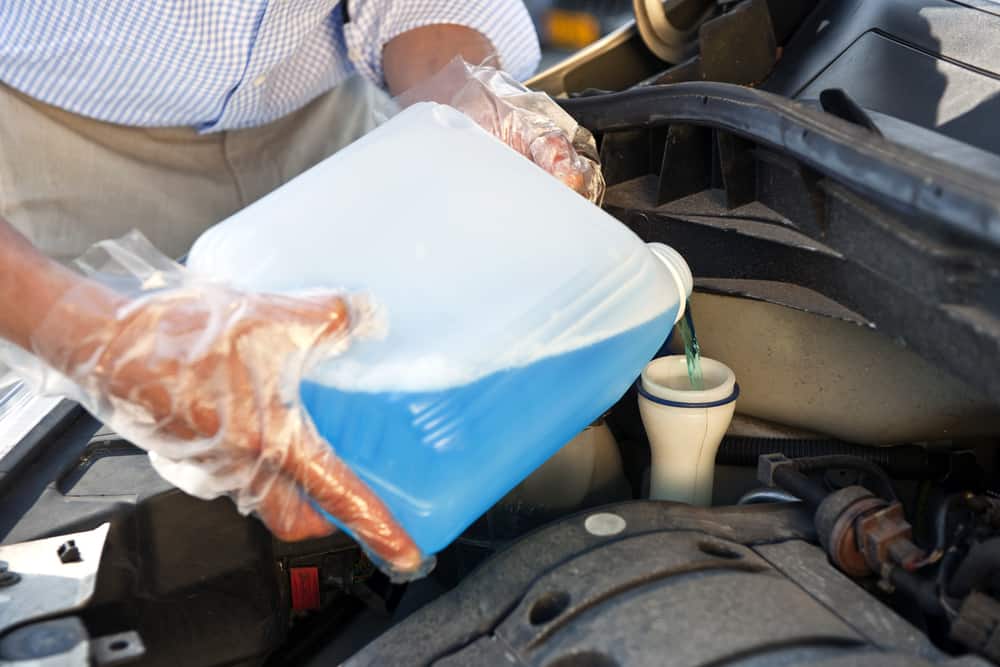
.png)